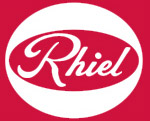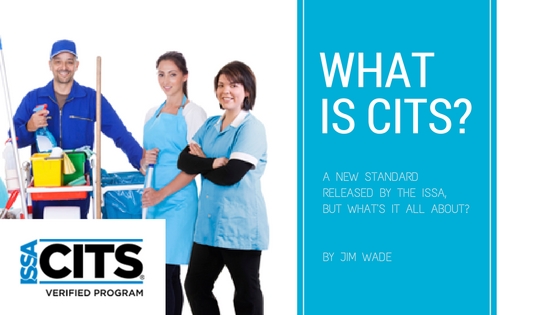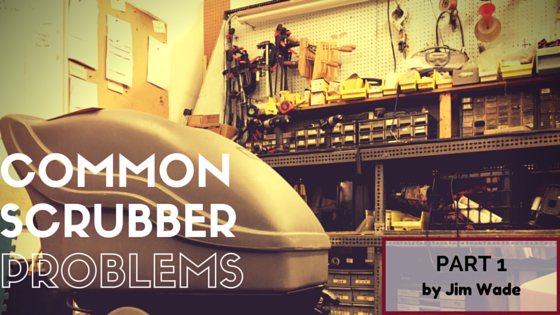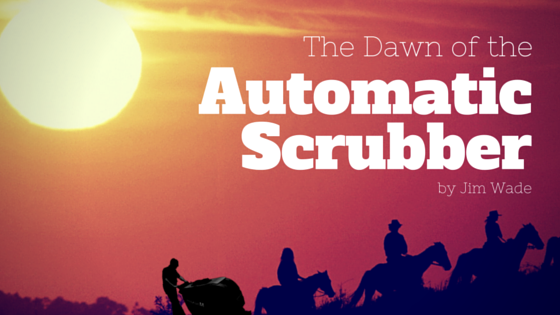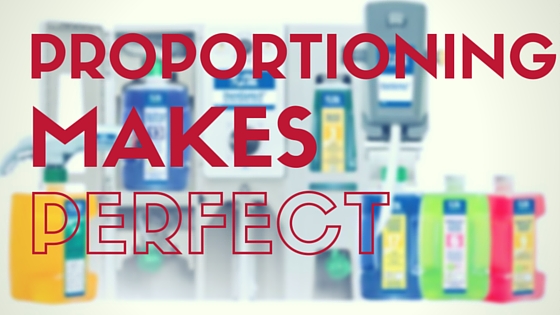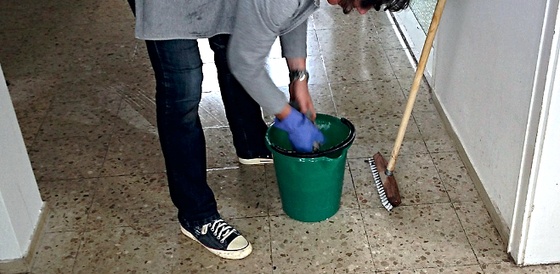What is the ISSA CITS Certification?
What is CITS? There are a lot of people in the facility cleaning and facility maintenance industry that are just becoming familiar with the term. CITS stands for the Cleaning Industry Training Standard. It is provided through the International Sanitary Supply Association (ISSA), the leading trade association for the cleaning industry worldwide. CITS has been designed specifically to help address the need for training and improved professionalism throughout the cleaning industry. This includes the cleaning of facilities such as commercial buildings, educational institutions, office buildings and all other workplaces. It is designed to assist with the training and education of all commercial custodial and cleaning personnel whether they are in-house or contract service providers. The CITS program is authored by the American Institute for Cleaning Sciences (AICS) who are the leading authorities on the commercial cleaning industry.
CITS consists of several programs to give your cleaning staff a better understanding of how to clean a facility more effectively and efficiently. It is designed to create a healthier, safer environment, reduce waste, reduce risk, increase productivity and standardize the cleaning process. These programs include:
-
General Cleaning
-
Hard Floor Care
-
Carpet Care
-
Restroom Care
-
General Safety
-
Hazard Communication
-
Health Care
-
Value of Clean
-
Customer Service
-
Green Cleaning
-
School & Educational Institution
These programs are available through Accredited, Certified Trainers who can instruct your custodial staff in the proper and most efficient and productive means available to clean and maintain your facility. CITS ensures the workers cleaning your facility are trained and certified.
The basics of all courses in the CITS program cover
-
Expected Results
-
Tools and Equipment needed to perform each task
-
Chemical Products needed to perform each task
-
Personal Protective Equipment needed to perform tasks
-
Cleaning different surface types
-
Safety Considerations and avoiding Risk
-
Cleaning issues unique to your facility
At the end of each training session each participant will be required to pass a written exam to prove they have the knowledge needed to perform the job and gain the certification.
People are hired every day to clean buildings. It is commonly assumed that people inherently know how to clean a building. This has been proven over the years to not be the case. Workers need training and education to become productive, efficient and capable of performing multiple tasks in a set period of time. Training and education is essential to perform the job safely and quickly. It is necessary to avoid risk to themselves, risk to facility occupants and risk that may cause property damage. Training also reduces complaints that may arise from the condition or appearance of the facility.
CITS is the Standard in Cleaning. In fact, as you now know, it is the Cleaning Industry Training Standard. If you would like your cleaning staff to become more productive, exercise all safety precautions, avoid risk of injury and damage to property, increase the health of your facility occupants, and reduce complaints about facility appearance then CITS is your answer. If you are interested in having your cleaning staff become Accredited in their profession, please contact us at the Rhiel Innovative Solutions. We can help you achieve your goals.
